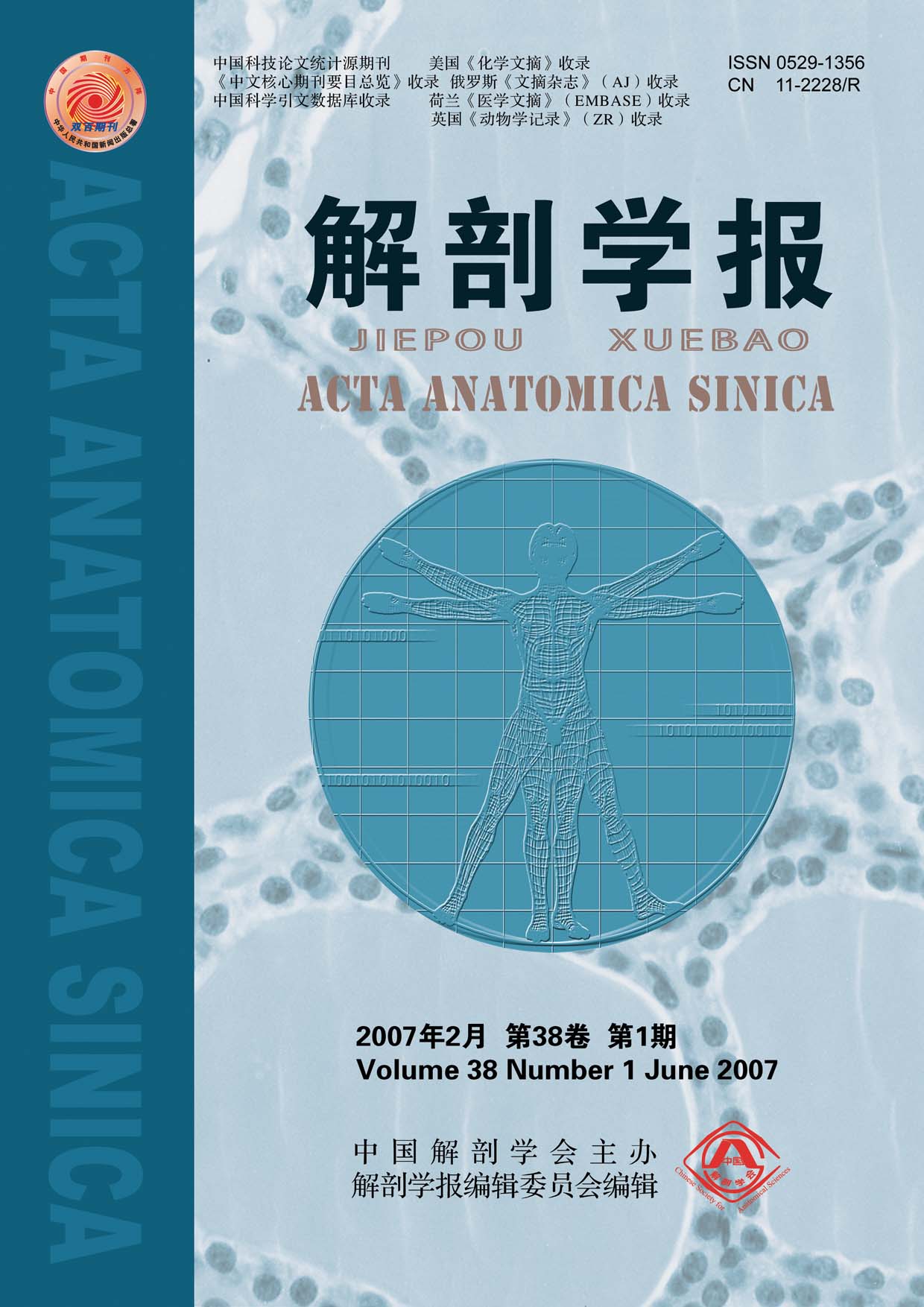Objective To compare the feasibility of interstitial magnetic resonance(MR) lymphography using subcutaneous injection of dextran-DTPA-Gd and gadopentetate dimeglumine. Methods The 1.2ml dextran-DTPA-Gd (3.96×10-3 mol/L) was injected subcutaneously
into the interdigital skin fold of the dorsal aspect of the right hind leg in 12 New Zealand rabbits. The 1.2ml gadopentetate dimeglumine(0.4998mol/L) was injected into the left hind leg in the same rabbit after 30 minutes. MR images were obtained before
injection and at 10, 15, 20, 25, 30, 35, 40, 45, 50, 55, 60 minutes and 2,4,24 hours after injection by the 3D TOF CE-MRA sequence.The signal intensities of popliteal lymph node were measured, the enhancing rates(E%) were calculated and the signal-time course
curve was drawn. Results The bilateral popliteal lymph node showed the same signal intensities. The lymphatic vessels in the right hind limb drainage area and popliteal lymph node were strengthened significantly and the E% of popliteal lymph node was
212.7% at 10 min after injecting dextran-DTPA-Gd, reached the peak(314.1%) by 35min, was 208.2% at 4 hours and disappeared 24 hours later. The signal intensities of the left lymphatic and popliteal lymph node were weak and the E% of popliteal lymph node
was 78.8% 10 min after injecting gadopentetate dimeglumine, reached the peak(98.3%) by 20min, was 29.0% 4 hours, and disappeared 24 hours later. The E% was statistically significant (P<0.05). Animals in each group during the observation period were no significant
adverse reactions, biochemical examinations were not statistically significant (P>0.05). Histological examination of the injected organs showed no obvious pathological changes. Conclusion Compared with small molecular gadopentetate dimeglumine, the dextran-DTPA-Gd
is an effective lymphatic contrast agent, which can specific strengthen the lymph nodes and lymphatic.


